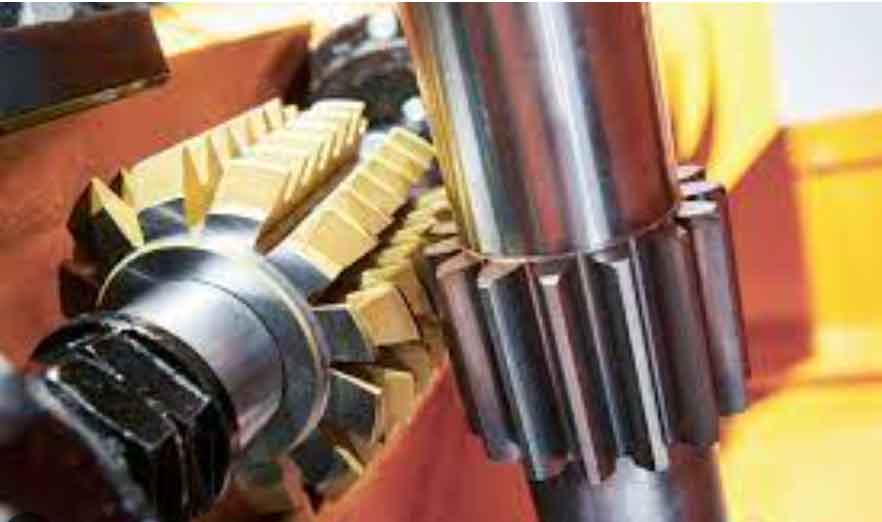
Gear hobbing is a machining process used to manufacture gears with high precision and efficiency. It involves the use of a special cutting tool called a hob, which has a series of teeth that progressively cut into the workpiece to create the desired gear profile. The science behind gear hobbing encompasses various principles and factors that contribute to the successful production of gears. Here are the key aspects involved:
- Gear Geometry: Gear hobbing requires a thorough understanding of gear geometry. Gears are characterized by parameters such as module, pitch diameter, number of teeth, pressure angle, and profile shift. These parameters determine the gear’s functionality, meshing characteristics, and overall performance. Precise calculations and design considerations are necessary to ensure that the hob and workpiece are compatible and can produce the desired gear profile accurately.
- Cutting Mechanics: Gear hobbing involves the interaction between the hob and the workpiece material. As the hob rotates and advances into the workpiece, the cutting teeth remove material to form the gear profile. The cutting mechanics, including forces, temperatures, and chip formation, must be carefully understood and controlled. The cutting forces, for example, affect tool life, machine stability, and gear quality. Analyzing the mechanics helps optimize process parameters and tool design.
- Tool Design and Materials: The design and material selection for the hob play a vital role in gear hobbing. The hob’s teeth must match the gear’s profile accurately, ensuring proper tooth engagement and minimizing errors such as runout, pitch errors, and surface finish. The choice of tool materials, such as high-speed steel (HSS), carbide, or cubic boron nitride (CBN), depends on factors like workpiece material, cutting speed, and tool life requirements. Tool coatings, such as TiN or DLC, can enhance tool performance by reducing friction and wear.
- Machine Kinematics: Gear hobbing machines have specific kinematic systems that determine the tool and workpiece movements during the machining process. Understanding the machine’s kinematics is crucial for achieving the desired gear specifications. The rotational speed, feed rate, and axial and radial movements must be synchronized accurately to produce the correct tooth form and ensure smooth meshing of gears. CNC technology has significantly improved machine control and the ability to produce complex gear profiles.
- Lubrication and Cooling: During gear hobbing, lubrication and cooling are essential to maintain cutting performance and extend tool life. Lubricants help reduce friction and heat generation, preventing excessive tool wear and workpiece distortion. Various cutting fluids, such as oil-based or water-based coolants, can be used depending on the application requirements. Advancements in dry hobbing, as mentioned earlier, aim to eliminate the need for cutting fluids and reduce environmental impact.
- Quality Control and Inspection: Ensuring gear quality is crucial in gear hobbing. Proper inspection techniques, such as coordinate measuring machines (CMMs), gear analyzers, and optical measurement systems, are employed to validate the gear’s dimensions, tooth profile, surface finish, and other critical parameters. Continuous monitoring and feedback systems can also be implemented to maintain process stability and detect any deviations in real-time.
By comprehending the science behind gear hobbing and considering these factors, manufacturers can optimize the process, produce high-quality gears, and meet the diverse demands of various industries such as automotive, aerospace, and machinery. Continuous research and technological advancements in gear manufacturing techniques will further refine and advance the science of gear hobbing in the future.
